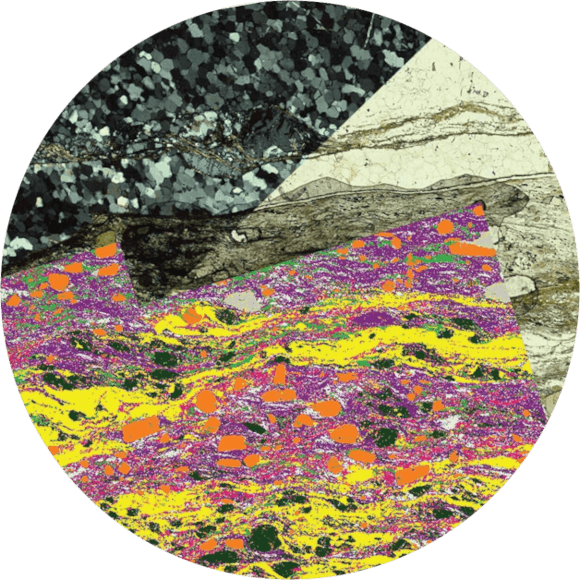About MSL

Our Vision
We strive to create the best earth science laboratory data service to support Geo-scientists in their scientific endeavor and to facilitate knowledge exchange between them.
Our Mission
Our mission is to support your research into Earth system behavior, by providing you with data, models and expertise on rock properties and processes, building on standards and tools developed with the community.
Why EPOS MSL?
In a world that demands increasing collaboration within the scientific community, solid Earth science laboratories are challenged with finding each other to exchange best practices and re-use data. Data produced by the EPOS Multi-Scale Laboratories are crucial to serving society’s needs for geo-resources exploration and for protection against geo-hazards. Indeed,
to model Earth system behavior during human or tectonic forcing
, we need to understand the governing processes and properties from the molecule scale to the scale of the operating system. Therefore, coordination and communication inside the European solid Earth science laboratories, complemented with services to increase curation and access for re-use of laboratory data is needed to effectively contribute to solve the grand challenges facing society.What is EPOS MSL?
EPOS Multi-Scale Laboratories includes a wide range of world-class laboratories, aimed at studying the
properties and processes controlling rock system behaviour
. The length scales addressed by these infrastructures cover the nano- and micrometre levels (electron microscopy and micro-beam analysis) to the scale of experiments on centimetre and decimetre sized samples, to analogue model experiments simulating the reservoir scale, the basin scale and the plate scale.What does EPOS MSL do?
EPOS MSL collects and harmonizes available and emerging laboratory (meta)data, aiming to generate data products that are easily Findable, Accessible, Interoperable and Re-usable (FAIR) for future research, notably into Geo-resources, Geo-storage, Geo-hazards and Earth System Evolution. Data emerging from MSL labs can be categorized as below, following the six major sub-domains below.
The MSL subdomains
Analogue modelling of geological processes
Geochemistry
Geo-energy test beds
Rock and melt physics
Magnetism and paleomagnetism
Microscopy and tomography
EPOS central data portal
MSL data can be found in the MSL data catalogue on this dedicated website, and in the EPOS data portal, where these can be explored alongside other solid Earth scientific data, from seismology, geology, volcanology, satellite observations and other disciplines.